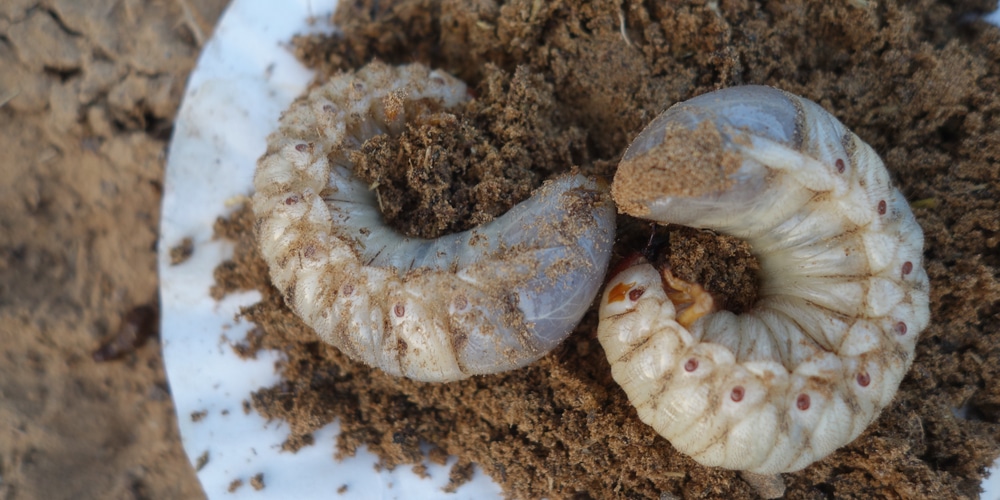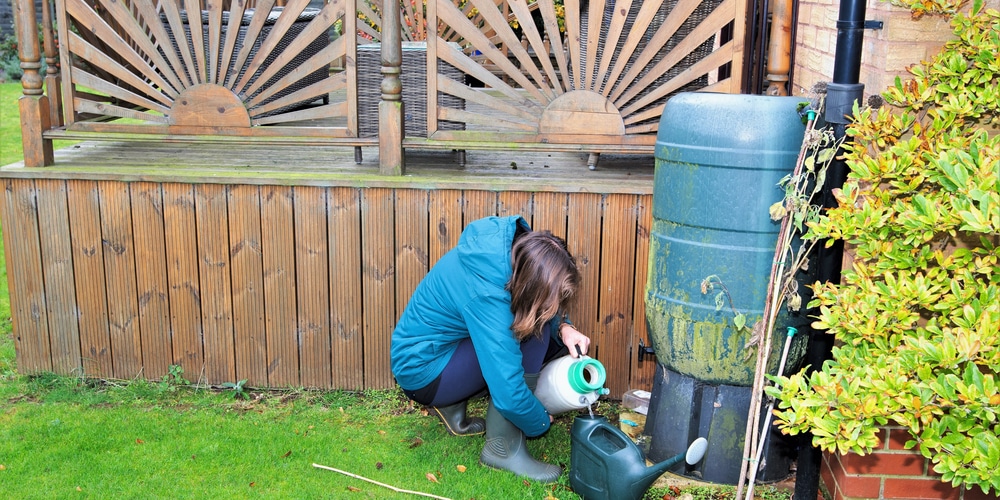When maintaining a lawn, you must pay attention to many factors. Some of the most common include pests, which can hurt your turf and even kill it. Grubs are among the most dangerous since they are hard to spot during their larval stages (when they mostly live underground). Luckily, there are plenty of products in the market you can use to control them.

While some are better than others, the key to your success with these treatments often involves applying them at the right time of the year. One of the best products for controlling grubs is GrubEx: an effective control measure that many gardeners use.
If you want to know when to apply GrubEx pesticide in New Jersey, keep reading: you’ll find all the information you must have on hand in this essential guide!
What is GrubEx?
Before getting into how you apply this product, it might be worth stating what GrubEx is. This synthetic pesticide is one of the best to eliminate grubs. It kills larvae and interferes with these insects’ life cycle.
Since it is effective with larvae, applying it when adults lay their eggs is crucial to the success of the treatment. And that might change depending on the weather and your local conditions.
The company claims to allow gardeners to remove their grub problem with a single application of GrubEx. And while that might not be the case (especially in severe infestations), the treatment is one of the best control methods on the market. Also, you can use it to control the spread of Japanese beetles and the most harmful worm species.
Apply the product with a rotary spreader or a drop to ensure you pour it evenly throughout your lawn. Also, don’t forget to water your grass after the treatment to increase absorption.
When to Apply GrubEx in NJ
Now that you know what the product does, you should familiarize yourself with how to use it. To do that, you must learn about grubs’ lifecycle.
The best time to apply this product is right before the buds lay their eggs. So, you should start the treatment in the spring in New Jersey. Usually, late March to late April is the ideal period.
The product will stay active for up to four months after application. Thus, there is a high chance the treatment will get rid of most grubs. However, you will have to take care of the mature insects since they will survive the treatment and might stay until the following season.
How to Assess The Damage
If you see irregular brown patches on your lawn, grubs might be causing them. Look at how easily you can pull the grass: if it doesn’t require much effort (and comes out without roots), it is a sign of grub damage.
You may have to apply a grub killer instead of GrubEx if you notice a problem with your turf in the summer. You would be dealing with an infestation with more than ten grubs per square foot of lawn. And your objective should be to minimize damage, which you can do with a grub killer.
GrubEx (as mentioned before) is a preventive grub control measure. Don’t forget to check your local climate: the soil must be dry before the application and wet after the treatment. If you can, better spread the product before it rains.
